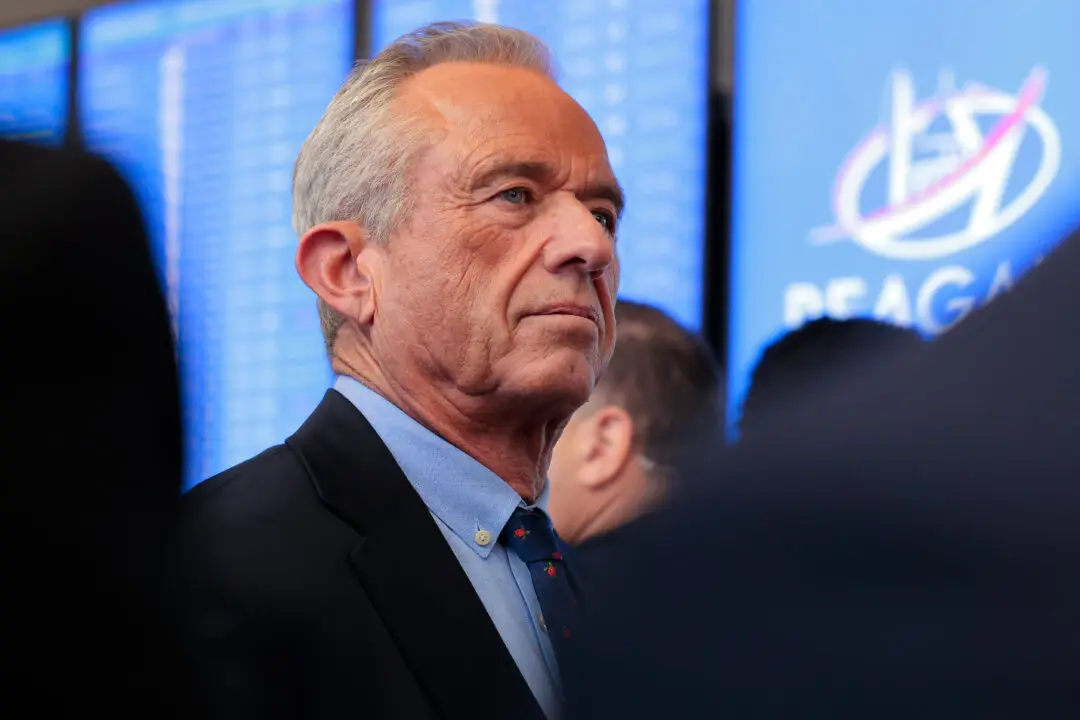John Roberts, the chief justice of the Supreme Court, spoke publicly on Oct. 16 for the first time since the bitter battle to confirm Justice Brett Kavanaugh to the court, emphasizing how the court doesn’t represent one party but America as a whole.
“We do not serve one party or one interest. We serve one nation,” Roberts said, speaking at the University of Minnesota Law School.




